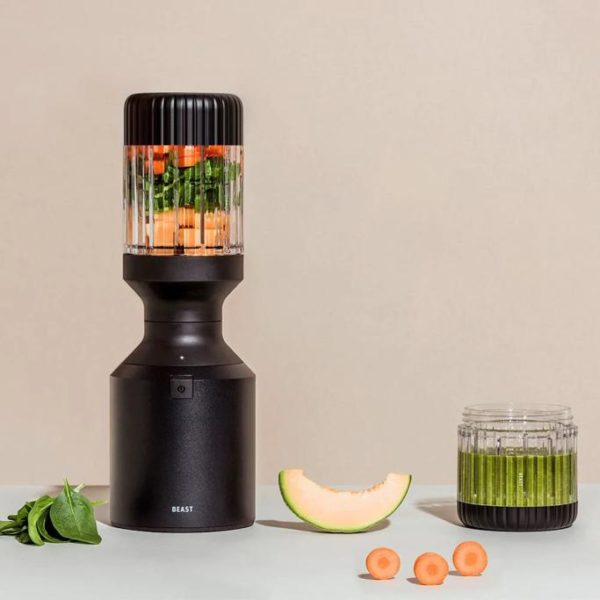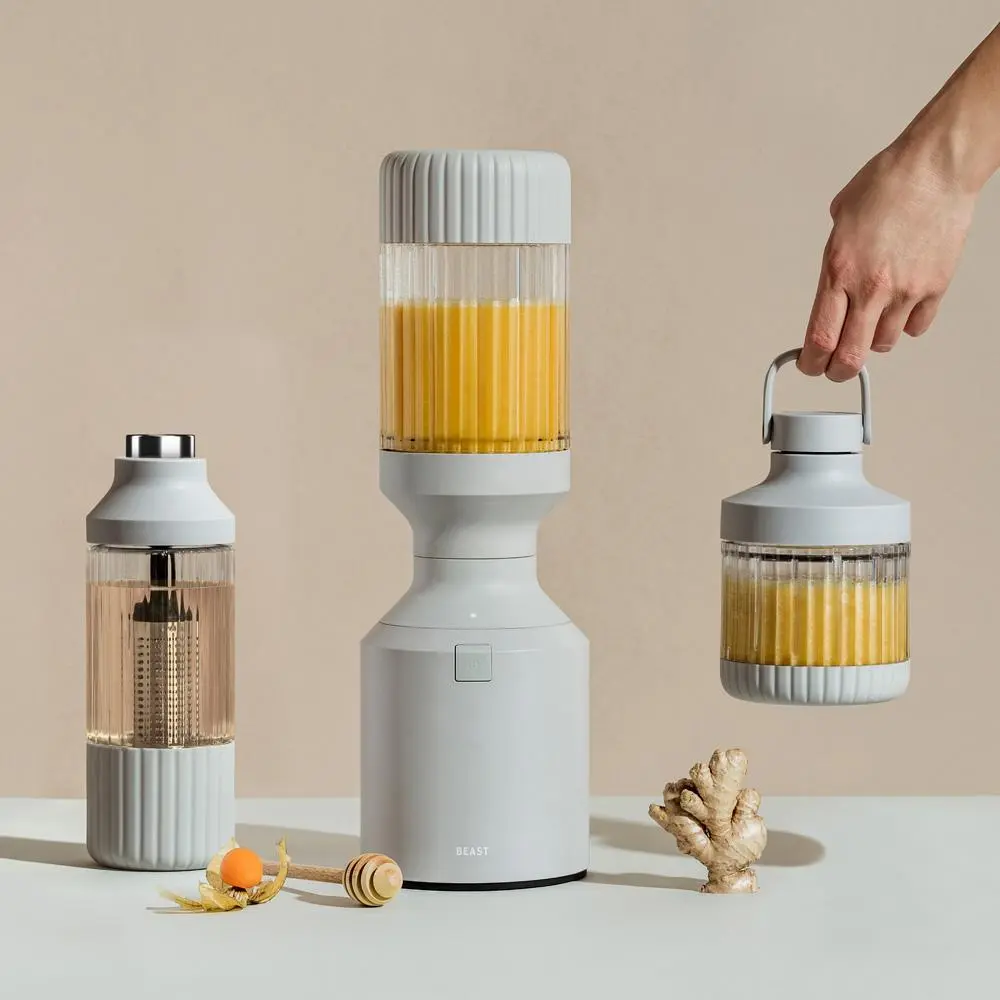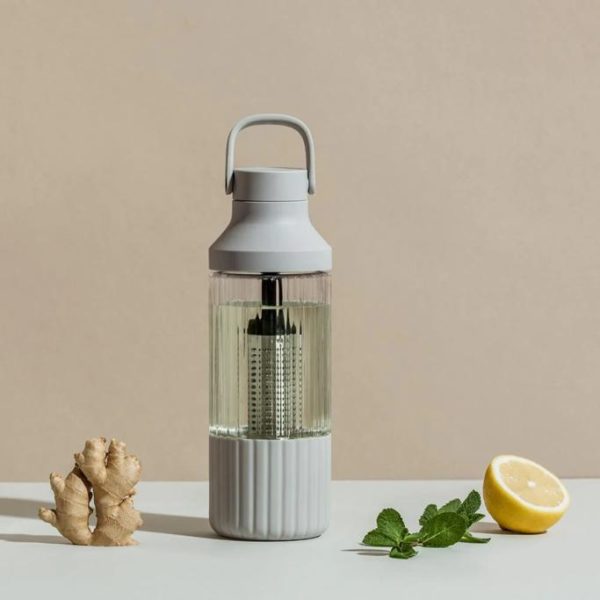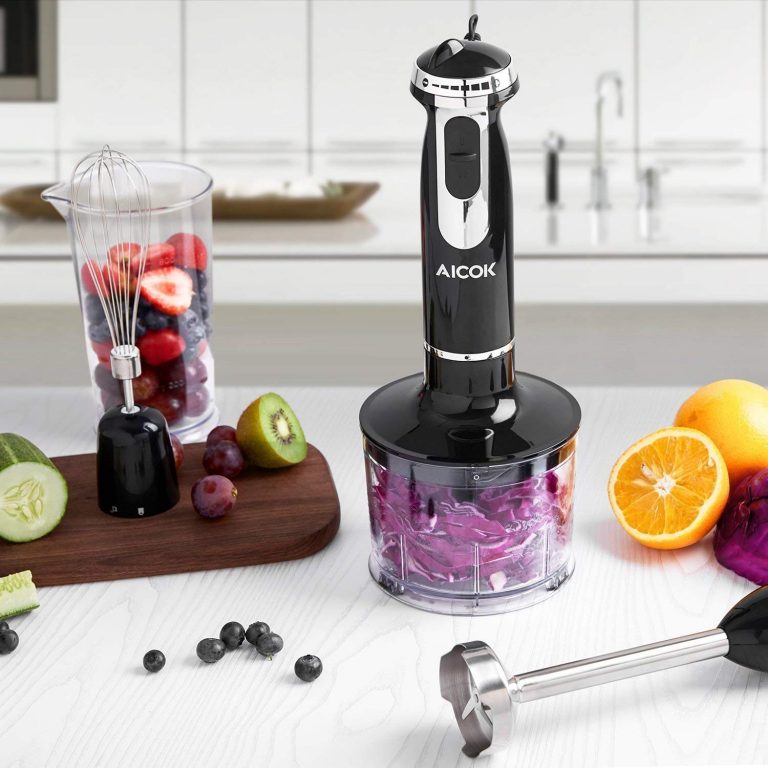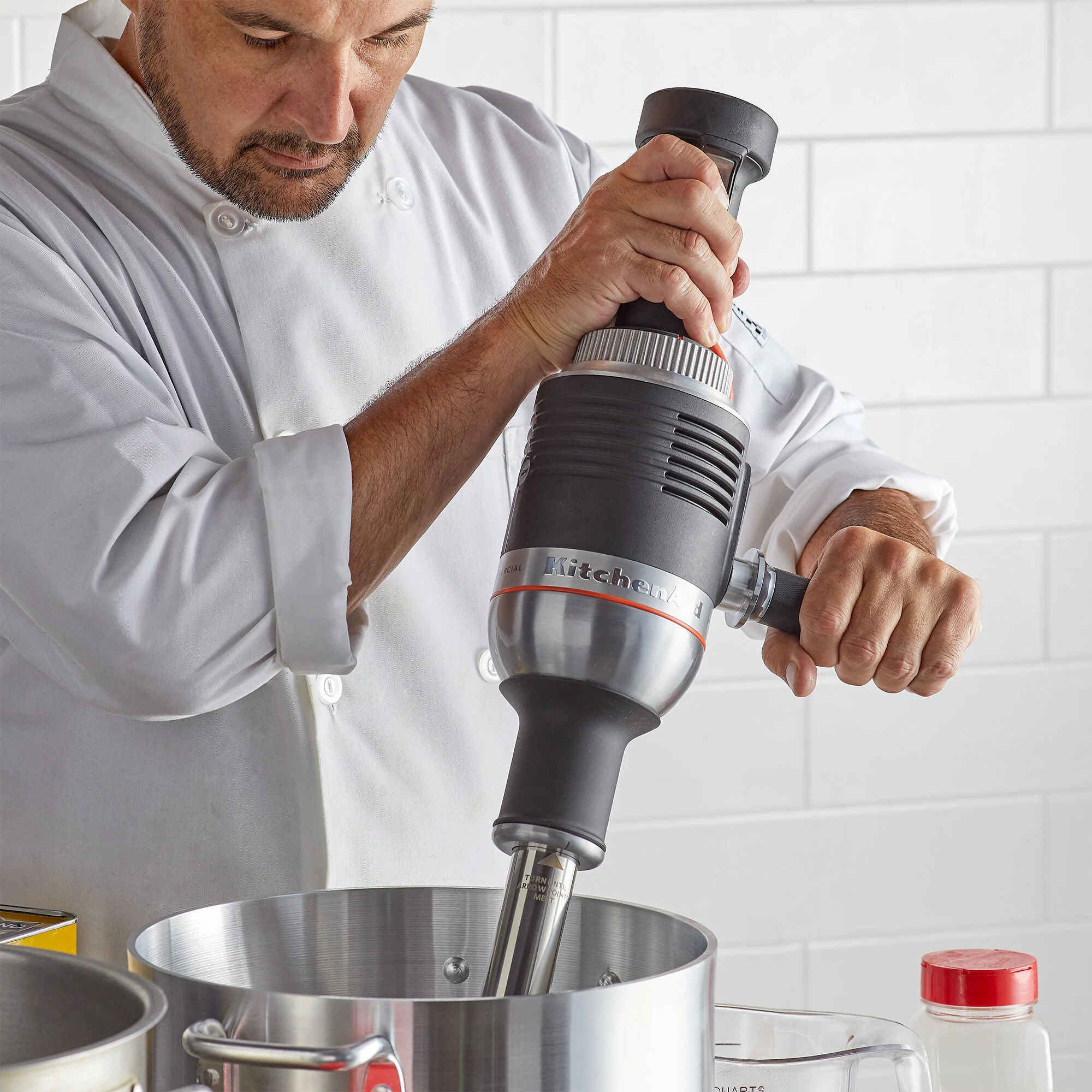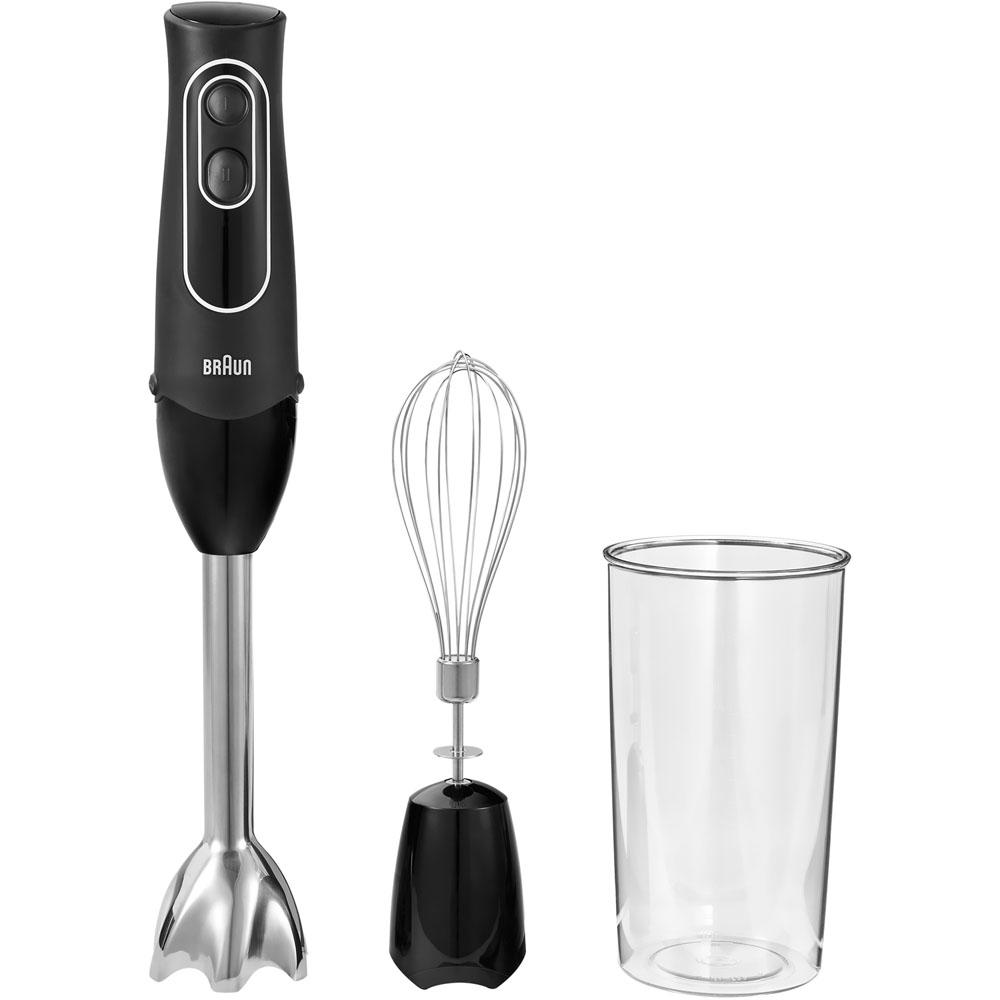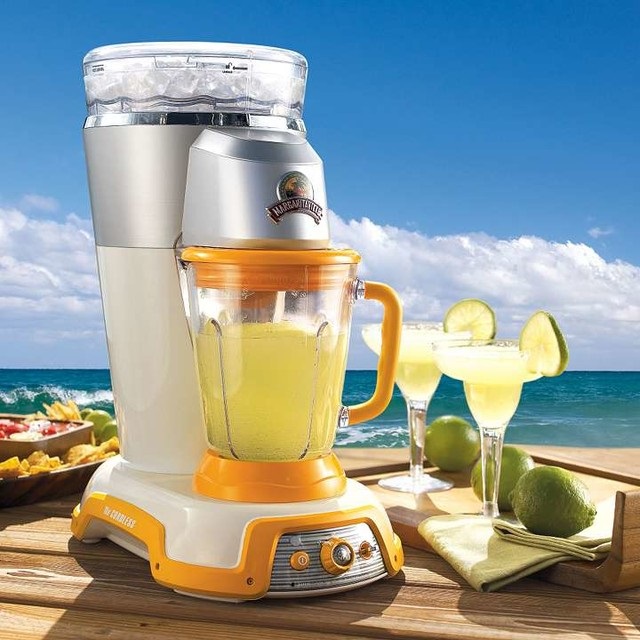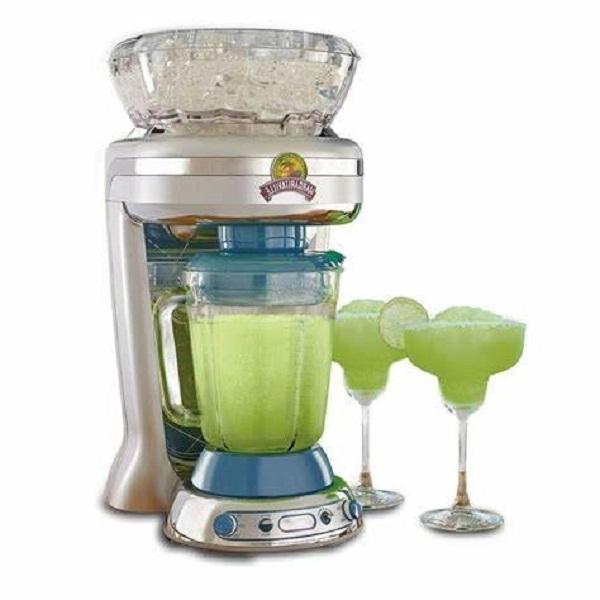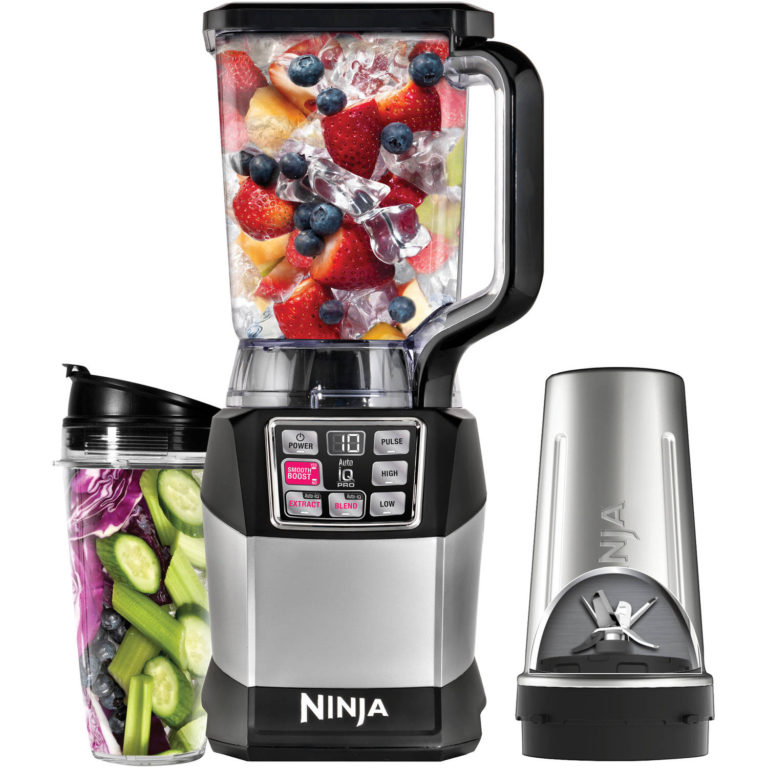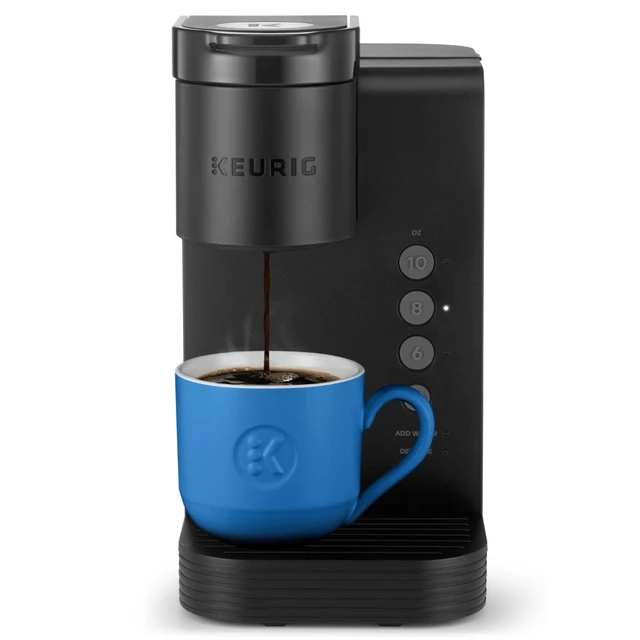
Why Won’t My Keurig Turn On?
A Keurig coffee maker is a convenient addition to any kitchen, providing quick and easy access to your daily caffeine fix. However, there are times when you go to make your morning coffee, and your Keurig refuses to turn on. This issue can be particularly frustrating, especially when you’re in dire need of that first cup of the day. Understanding the potential reasons why a Keurig won’t turn on and knowing how to troubleshoot them can save you time and stress. This comprehensive guide will delve into common causes and provide detailed solutions to get your Keurig back in working order.
Checking Electrical Connections
Power Outlet Issues
Firstly, ensure that the power outlet is functioning correctly. To verify this, plug another appliance into the same outlet to see if it receives power. Sometimes, circuit breakers can trip, causing the outlet to lose power. If your Keurig won’t turn on, and the outlet isn’t working, reset the circuit breaker or try using a different outlet. This simple step often resolves the issue and is an excellent starting point for troubleshooting.
Power Cord Inspection
Examine the power cord for any visible signs of damage, such as fraying or cuts. A damaged power cord can prevent your Keurig from turning on. If you notice any damage to the cord, do not use the machine and contact Keurig’s customer service for a replacement. Also, ensure the power cord is securely plugged into both the machine and the outlet. A loose connection can also be the cause of the problem.
Power Button Functionality
Check the power button to ensure that it’s functioning properly. Press it firmly and listen for any clicks or sounds that indicate it’s responding. If the power button feels stuck or unresponsive, this could be causing the issue. In some cases, using a small amount of electronic contact cleaner can help restore its functionality. Replacing the button might also be necessary if it’s completely defective.
Internal Component Inspection
Water Reservoir Placement
The water reservoir must be correctly seated for the Keurig to function. Remove the reservoir and place it back securely, ensuring it fits snugly into its slot. An improperly seated reservoir can prevent the machine from turning on, as some models have safety switches that detect this alignment.
Internal Moisture or Residue
During regular use or descaling, moisture or residue can accumulate inside your Keurig. Carefully check the areas around the water tank and internal components for any signs of moisture. Use a dry cloth to wipe down those areas. Allow the machine to air dry for an extended period before attempting to power it on again.
Circuit Board and Fuse Inspection
For those comfortable with more advanced troubleshooting, inspect the circuit board and internal fuses. To do this, you’ll need to carefully remove the machine’s casing. Look for any signs of burns, frayed wires, or damaged components. If you find anything unusual, it’s best to consult a professional technician or contact Keurig support for a detailed inspection and repair.
Checking for Loose Connections
Loose or disconnected internal wires might also be a reason why your Keurig won’t turn on. Carefully inspect the internal wiring to ensure all connections are secure and properly attached. A loose wire can easily be reconnected, solving the problem quickly.
Resetting the Keurig
Simple Reset
A simple reset can often fix minor glitches. Unplug your Keurig from the power outlet and leave it unplugged for about five minutes. After this period, plug it back in and try turning it on. This step resets the internal electronics and can resolve many issues.
Advanced Reset
If a simple reset doesn’t work, try a more advanced reset by holding down the power button for about 10 seconds while the machine is unplugged. This can help clear any lingering errors in the system. After doing this, plug the machine back in and attempt to power it on again.
Refer to the User Manual
Different Keurig models may have specific reset procedures. Refer to your user manual for detailed instructions on how to perform a reset for your particular model. Following the manufacturer’s guidelines ensures that you’re taking the correct steps.
Common Operational Issues
Blocked Needles
The needles that puncture the K-cup can become clogged with coffee grounds or mineral deposits. This can cause the machine to fail to start. Use a needle cleaning tool or a paperclip to gently clear any blockages from the needles. Regularly performing this task helps maintain smooth operation.
Safety Interlocks
Keurig machines have several safety interlocks to ensure safe operation. If any of these are not properly engaged, the machine won’t turn on. Make sure the lid is securely closed, the K-cup holder is properly seated, and the water reservoir is correctly placed. These checks ensure that all safety mechanisms are satisfied.
Descaling and Cleaning Cycle
Mineral buildup can obstruct water flow and interfere with the machine’s operation. Regularly descale your Keurig according to the manufacturer’s instructions. Run a full cleaning cycle with a descaling solution to remove mineral deposits. Proper maintenance avoids operational issues and extends the life of your Keurig.
Professional Assistance and Warranty
Contacting Customer Support
If your Keurig is still under warranty, contacting Keurig customer support is a wise decision. They can provide specific troubleshooting steps or arrange for a repair or replacement if necessary. Have your serial number and purchase details ready for a smoother process.
Professional Repair Services
If the machine is out of warranty, consider professional repair services. Local appliance repair shops often have experience with Keurig machines and can diagnose and fix electrical or mechanical issues. Make sure to choose a technician familiar with Keurigs to ensure a reliable repair.
Evaluating the Cost of Repairs
Assess whether the cost of repairs is worth it compared to the price of purchasing a new machine. Sometimes, ongoing repair costs can exceed the value of the machine, making a replacement a more pragmatic and economical choice.
Replacement Options
If your Keurig continues to experience issues despite troubleshooting and repairs, it might be time to consider a replacement. Evaluate the cost of ongoing repairs versus the cost of a new machine. Sometimes, upgrading to a newer model with improved features provides a better long-term solution.
 Preventive Measures and Maintenance
Preventive Measures and Maintenance
Regular Descaling
To prevent many common issues, regularly descale your Keurig every three to six months, depending on usage and water hardness. Regular cleaning removes mineral buildup and keeps your machine running efficiently.
Using Filtered Water
Using filtered or bottled water reduces mineral buildup and the frequency of descaling. This practice not only improves the taste of your coffee but also prolongs the machine’s life by maintaining clean internal components.
Cleaning and Maintenance
Regularly clean the water reservoir, needles, and exterior parts of your Keurig. Follow the manufacturer’s maintenance schedule to keep the machine in optimal condition. Regular maintenance prevents many issues that can cause your Keurig not to turn on.
Checking for Updates
Occasionally, manufacturers release software updates or recall notices that include fixes for reported issues. Register your Keurig with the manufacturer to receive these updates and stay informed about any potential problems and their solutions.
Alternatives to Keurig
Exploring Other Coffee Makers
If you’re consistently facing issues with your Keurig, you might want to explore other coffee makers. Traditional drip coffee makers, French presses, and single-cup brewers from other brands can offer reliable performance with different features and benefits.
Considering Pod-Free Options
Pod-free coffee makers like French presses and pour-over brewers avoid the complexity of electrical components and offer a more hands-on brewing experience. These options can be less prone to the types of failures that affect more technologically complex machines.
Budget and Premium Models
Evaluate your budget and coffee consumption habits to find a machine that suits your needs. Premium models often offer advanced features and greater durability, while budget options provide simplicity and affordability.
Conclusion
When your Keurig won’t turn on, it can disrupt your daily routine and leave you without your much-needed coffee. However, understanding the potential causes and knowing how to troubleshoot them can alleviate the frustration. From checking power outlets and inspecting internal components to resetting and maintaining the machine, these steps can often restore your Keurig’s functionality. If these methods don’t work, seeking professional help or considering a replacement ensures you can continue enjoying your favorite coffee drinks without prolonged interruptions. By following this guide, you’ll be well-equipped to diagnose and fix the issues preventing your Keurig from turning on, ensuring a smooth and enjoyable coffee experience each day.
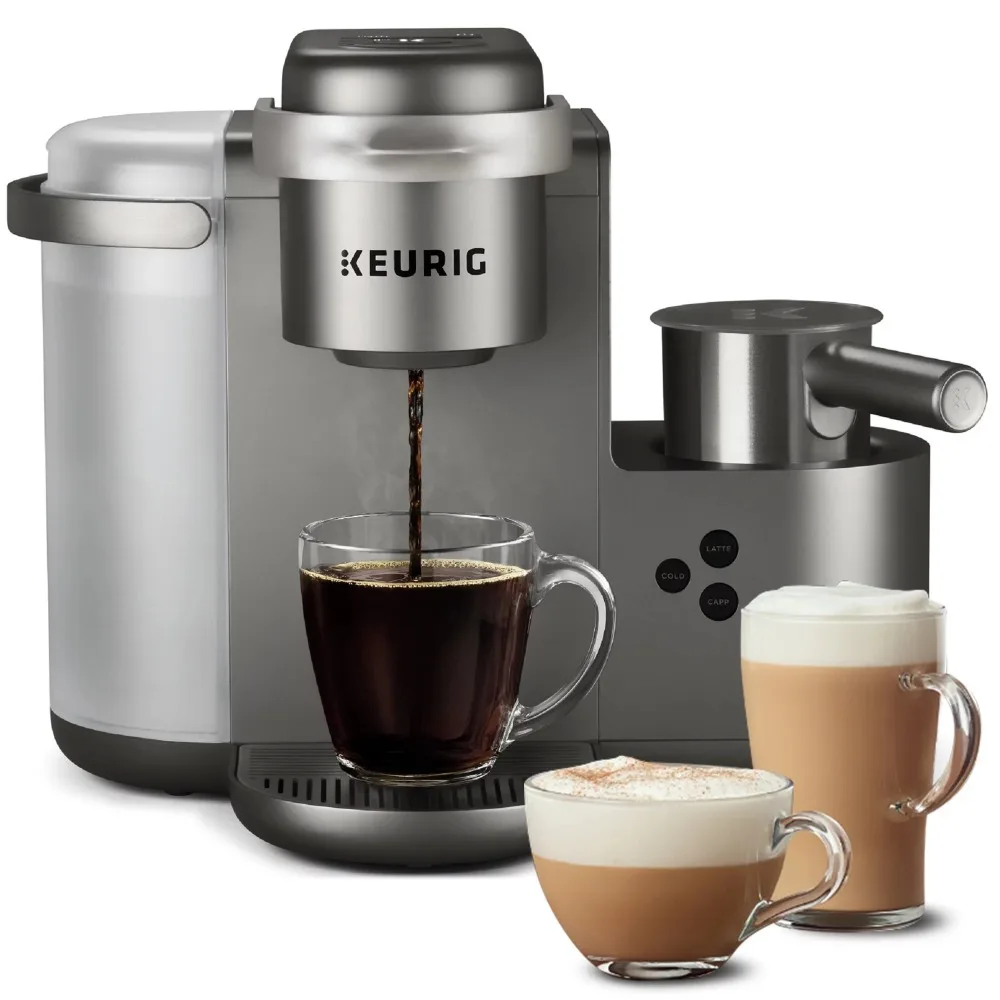
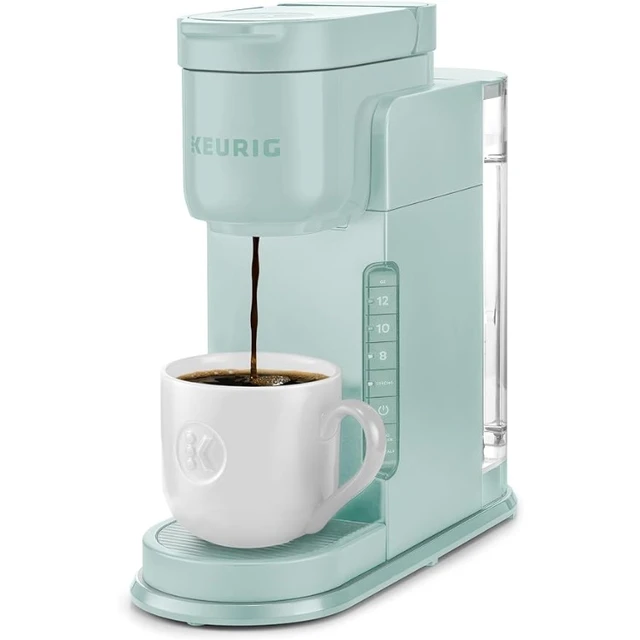

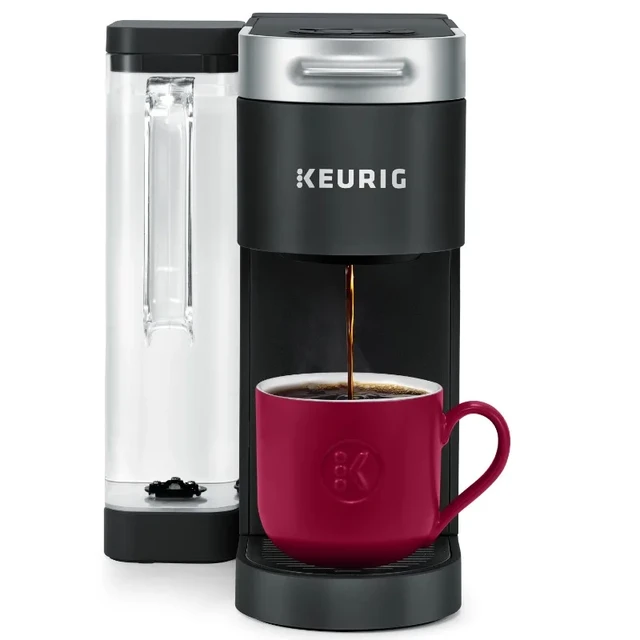
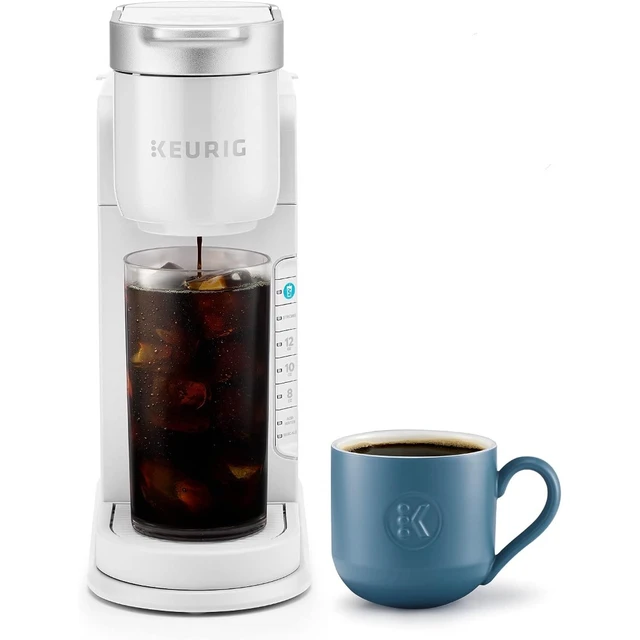
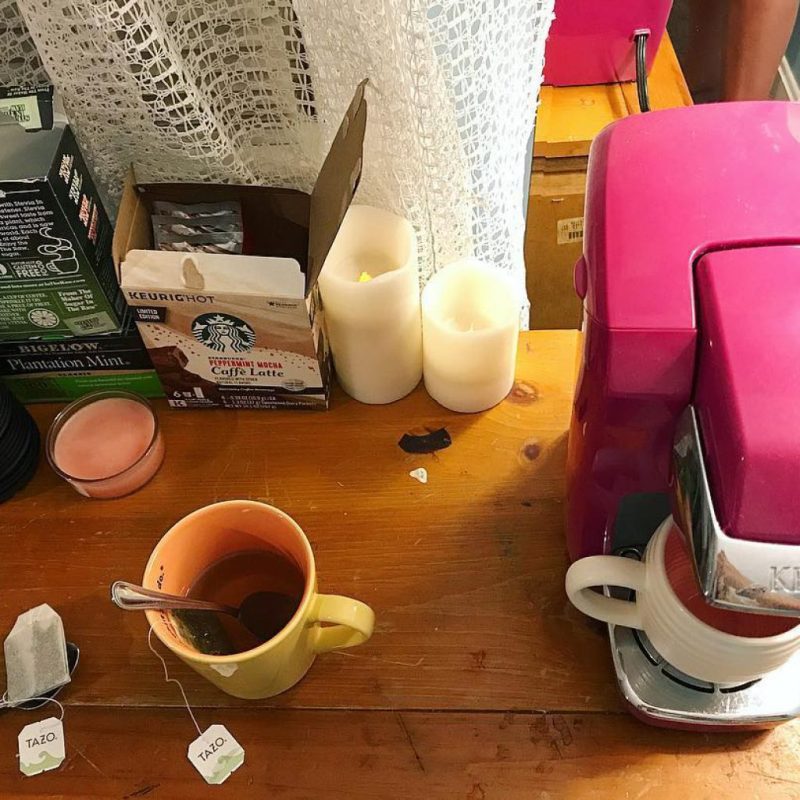
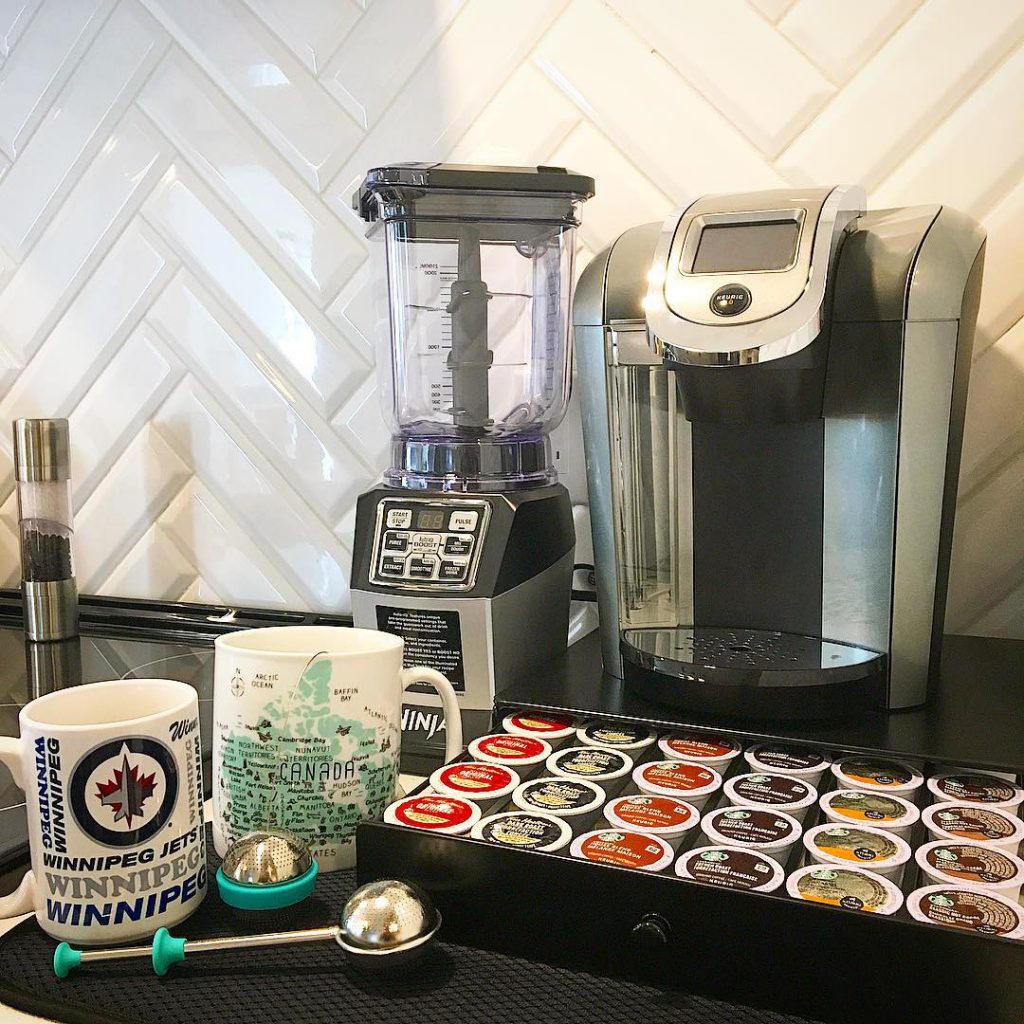
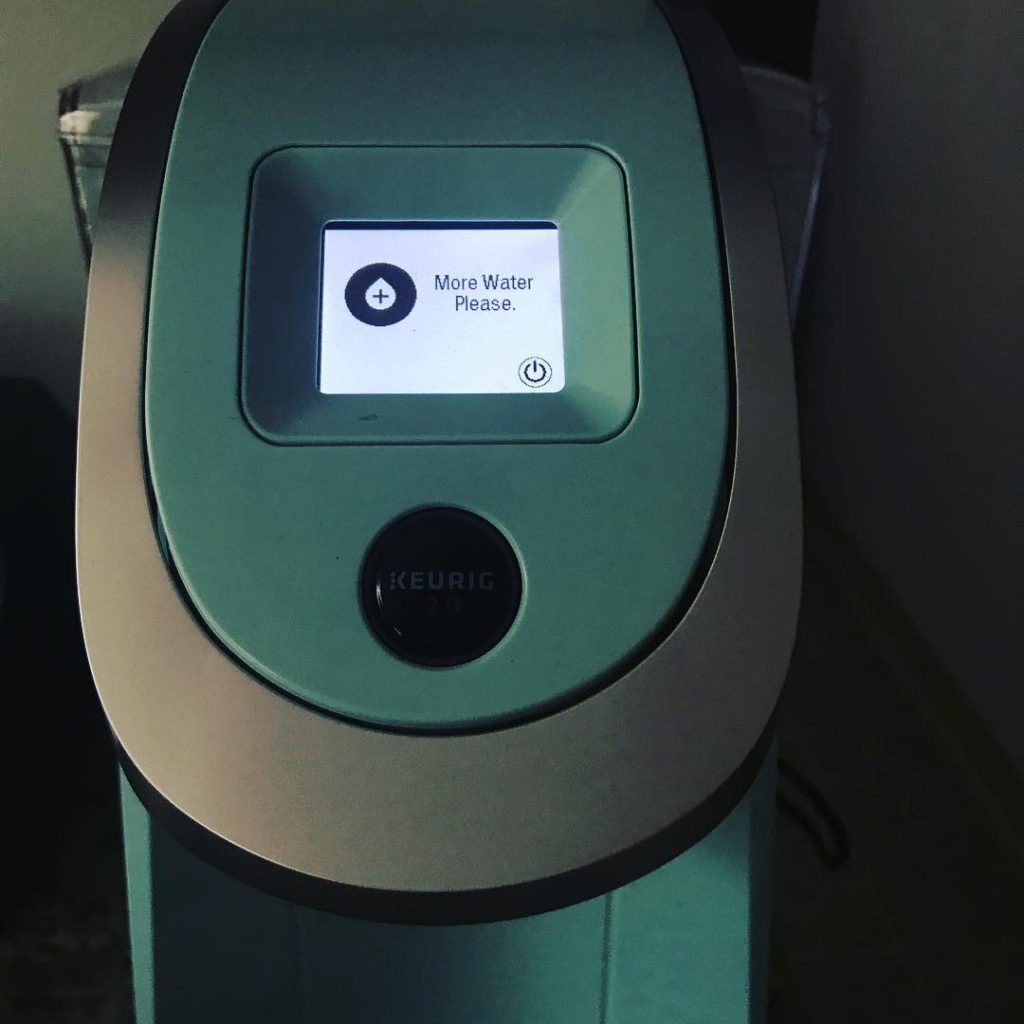
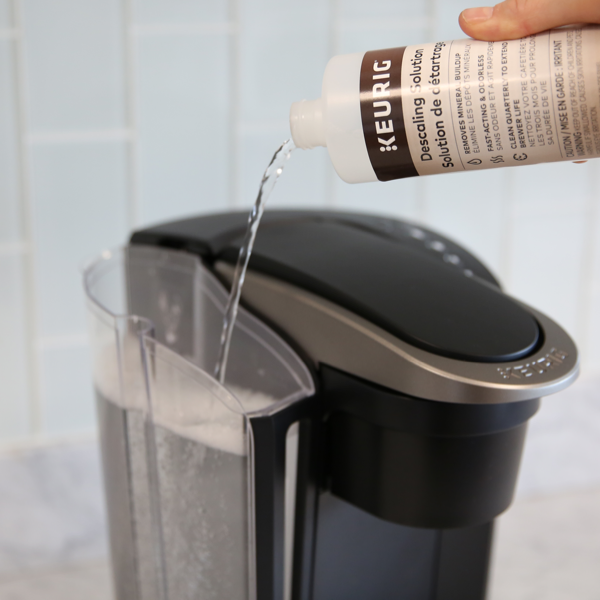

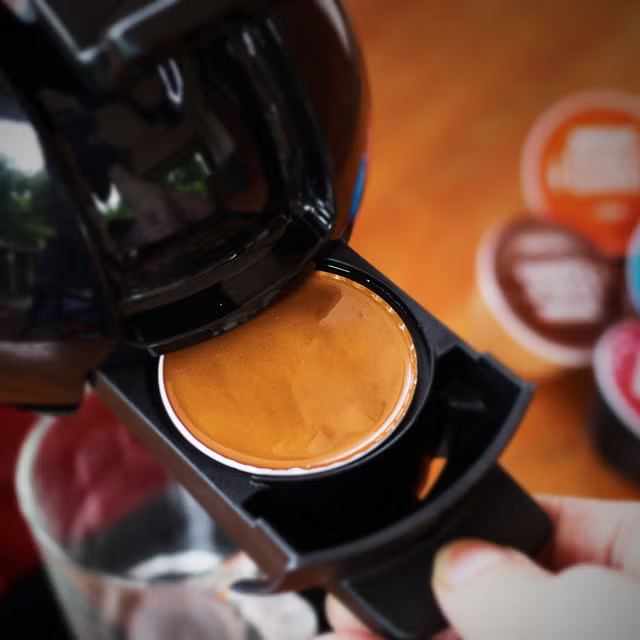

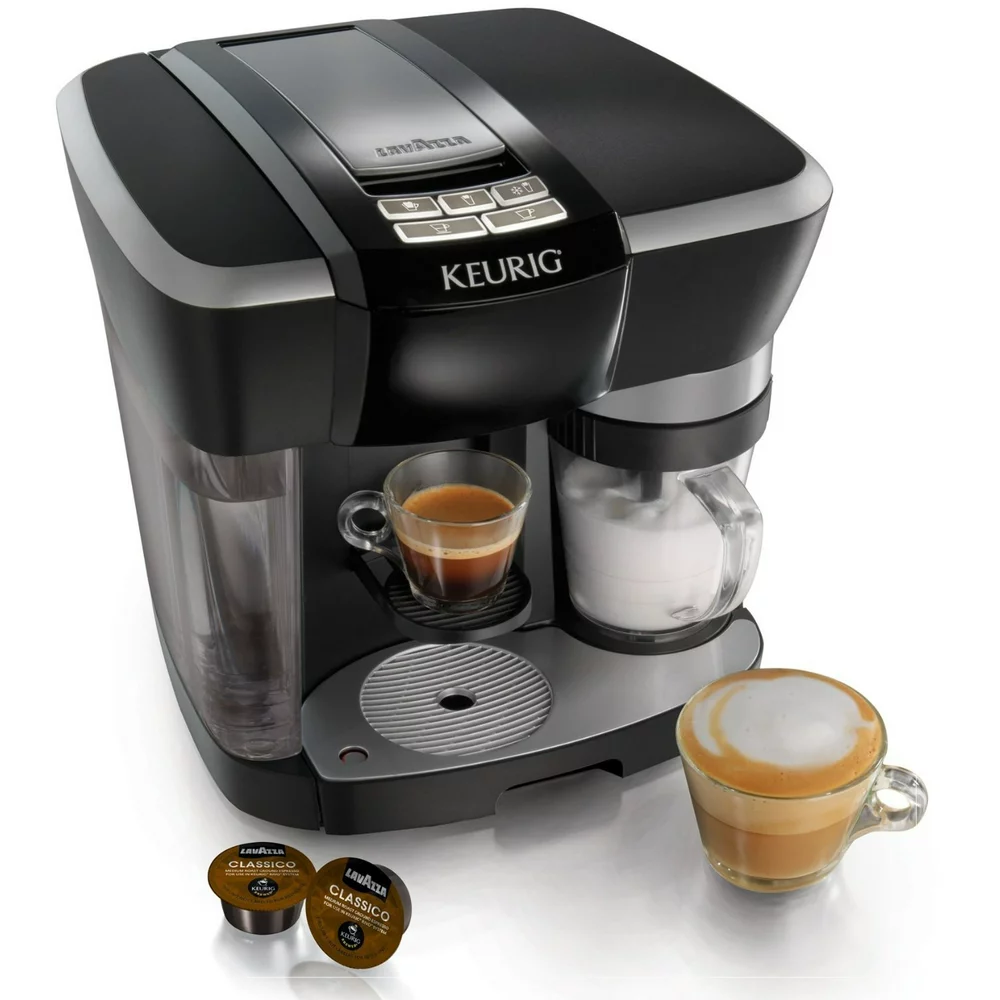
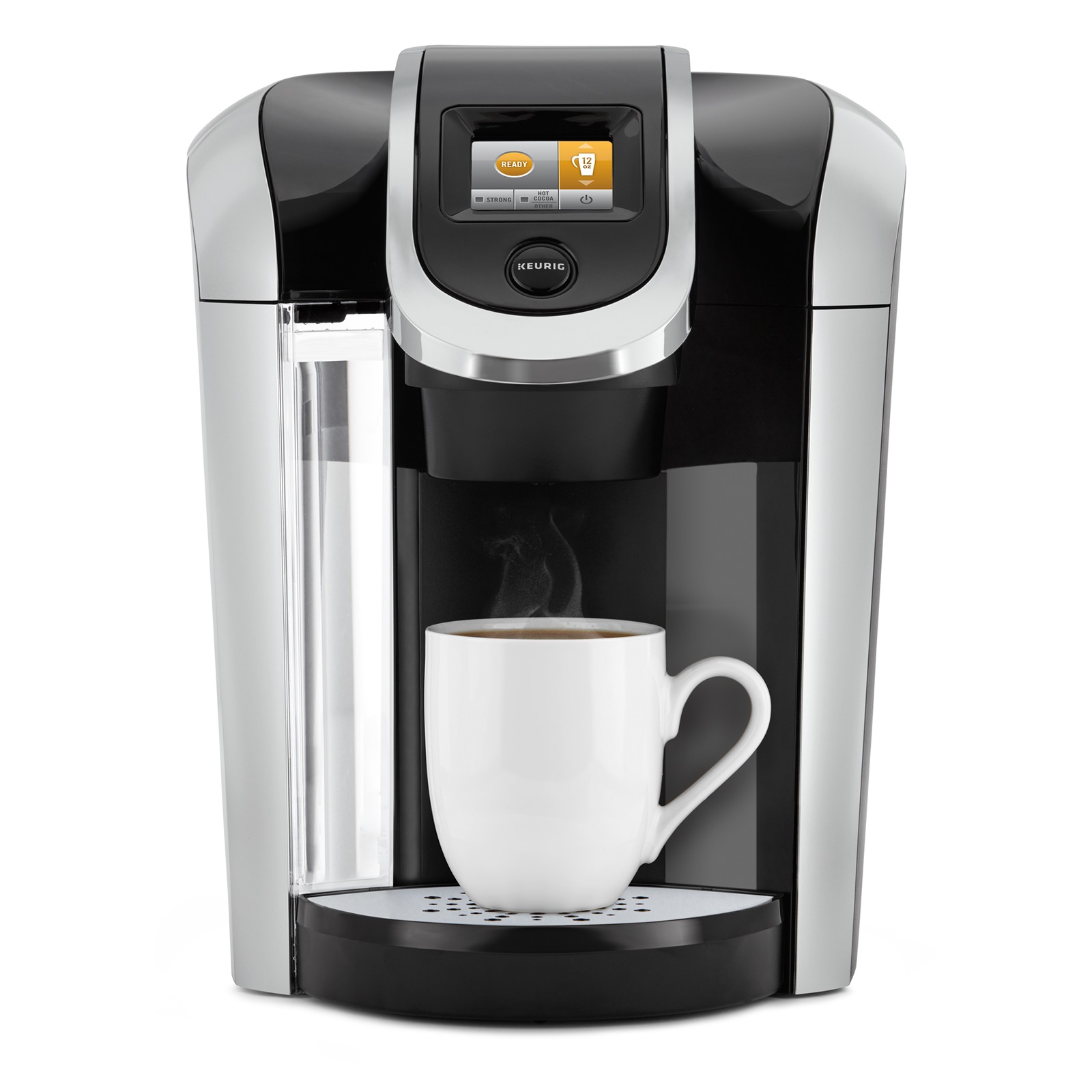
 Storage and Care Tips
Storage and Care Tips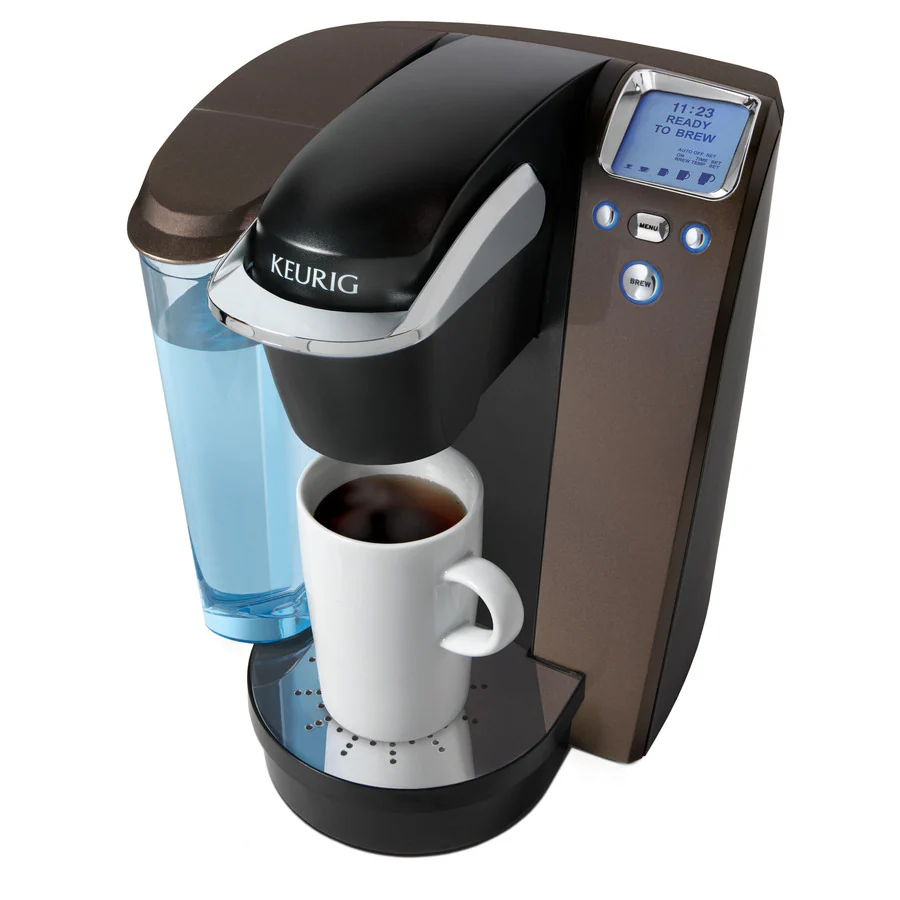
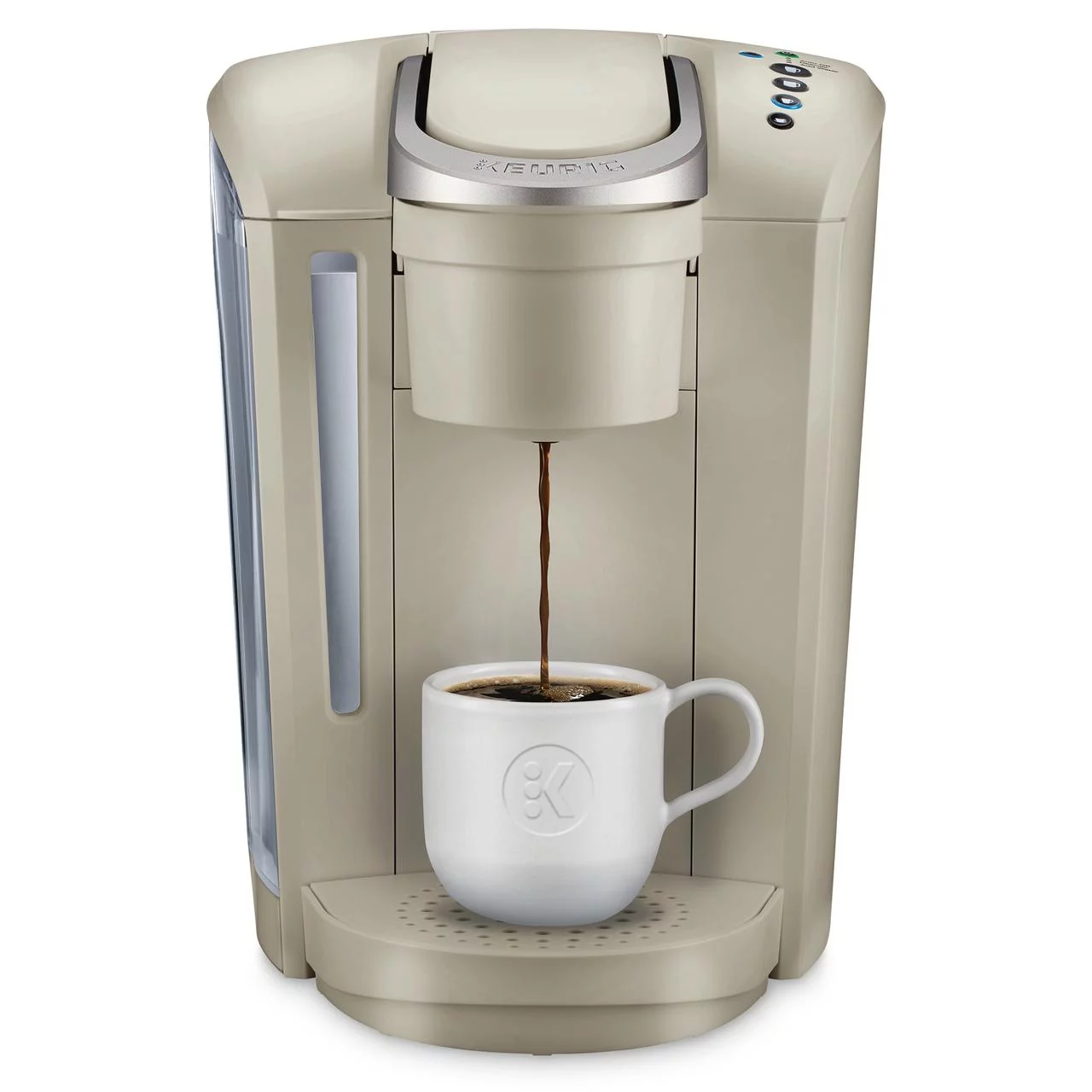
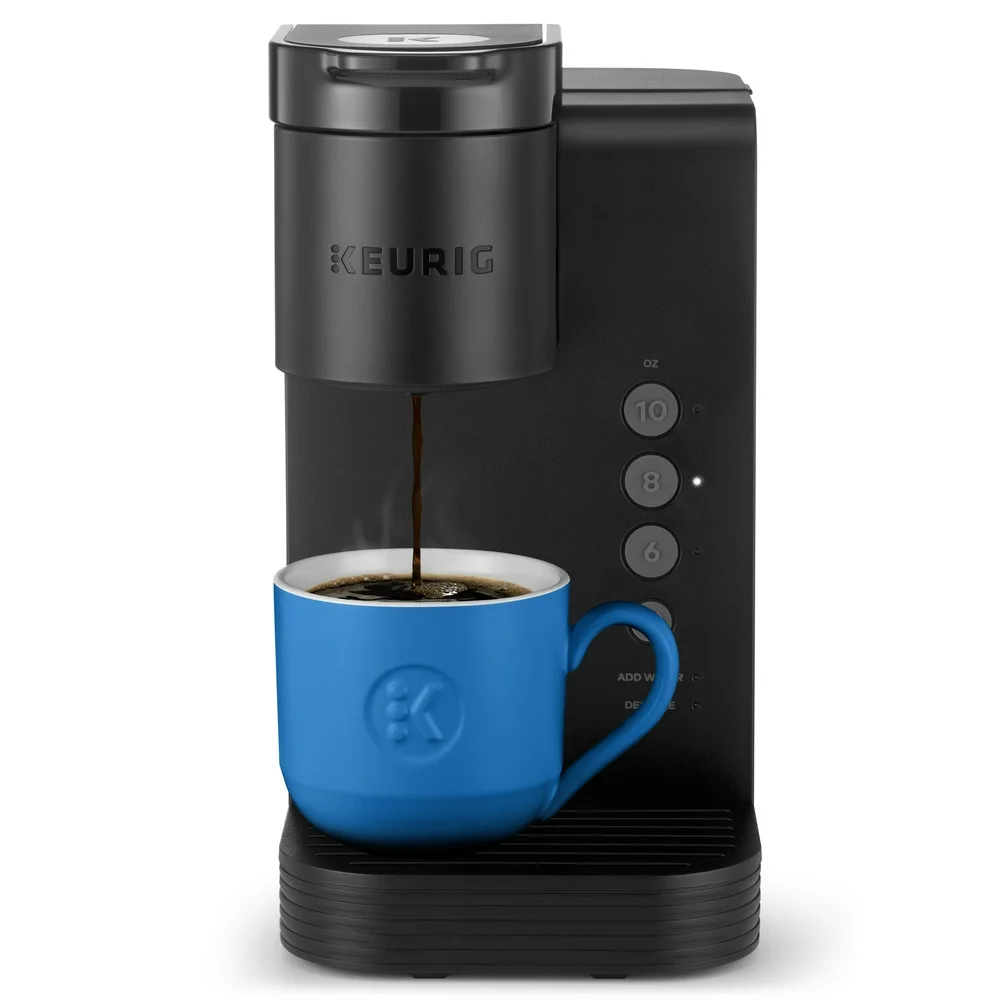
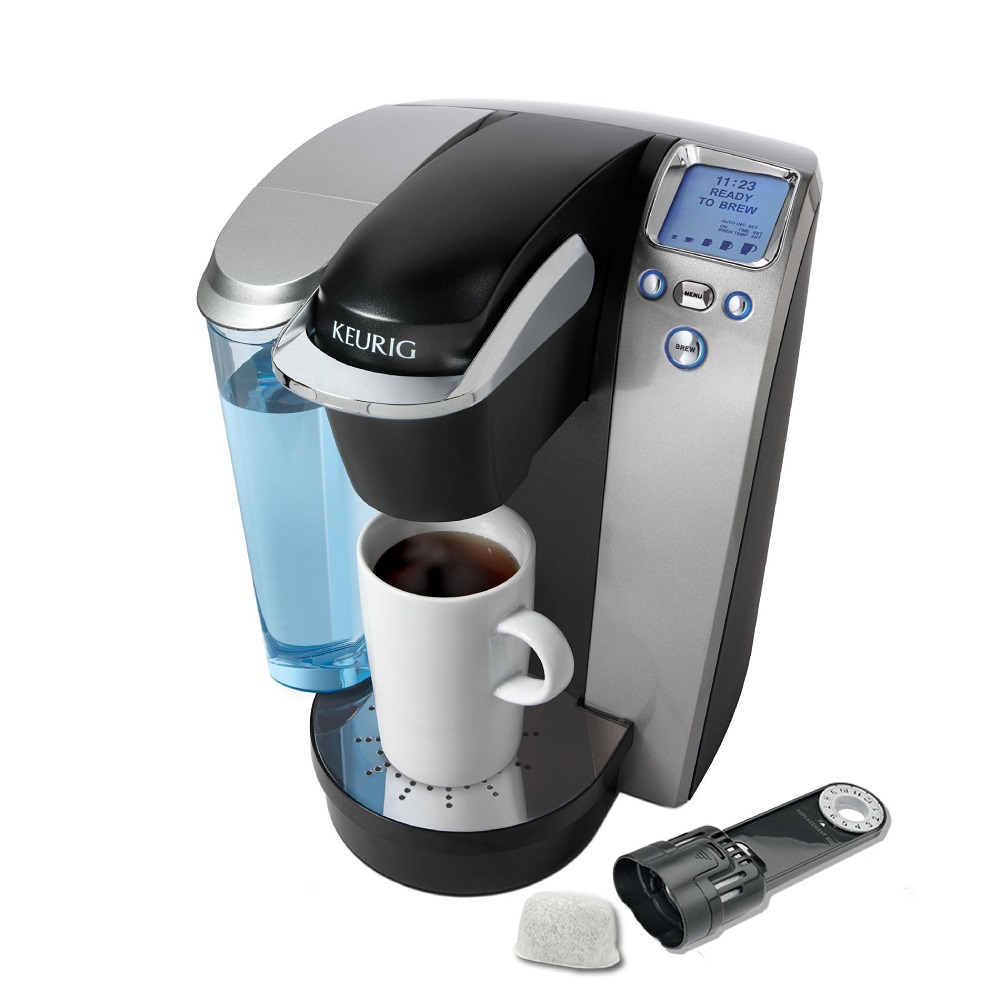 Software Updates
Software Updates